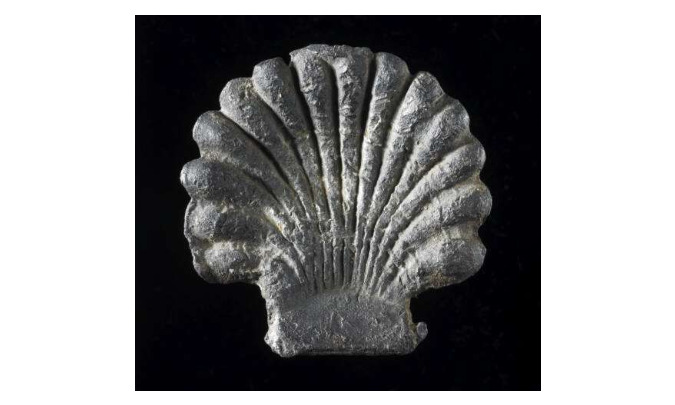The Biblical and Medieval Story of St. James the Greater
Introduction to St. James:
St. James was an apostle of Jesus Christ who eventually became the patron saint of Spain during the Middle Ages. His story includes both historical, biblical, and legendary accounts of his life, post-life, and his shrine. These stories inspired pilgrimages across Europe.
Biblical Background of St. James:
James was one of the twelve apostles of Jesus Christ during Christ’s life in the 1st century C.E. Upon selecting his disciples, Jesus chose James and his brother John, sons of Zebedee, to be a part of his twelve closest followers and named them “Boanerges” or “Sons of Thunder”. After the death and resurrection of Christ, his apostles continued to spread the Good News, the Gospel, throughout Jerusalem and to far-reaching regions. According to Acts 12:1-2, James was executed by order of King Herod around 44 C.E. and became the first of Jesus’ apostles to be martyred. Following his death, his life and influence lived on through personal accounts with his remains, in visions, and the subsequent pilgrimage site.
Figure 1 depicts St. James as a pilgrim, wearing the pilgrim garb, hat, and caring a staff. He also wears his symbolic cockleshell to indicate that the person in the image is St. James. The painted border depicts red, blue, and gold florals along with the lettering on the interior of the page. This artistic arrangement depicts the first page of a new section or chapter which describes the life of St. James. Works like these keep documentation of the saint during the Middle Ages for people to admire and read in order to remember who he was.
Medieval Background of St. James:
St. James became a legendary and extremely influential saint during the Middle Ages. James’ life extends beyond his life following Jesus and the subsequent short decade before his death, to a life that inspired stories, mystery, hope, and pride for Catholics, especially Spanish Catholics. King Herod Agrippa’s issued a decree to behead James, resulting in James’ martyrdom in 43 C.E.
Following his martyrdom, the Spanish tradition of St. James and his symbolic cockleshell developed. While alive, James traveled to Galicia, Spain to preach and spread the Gospel. After James’ martyrdom, people retrieved his body from Jerusalem to bring to Galicia in order to place him in the location of his life’s work. On the journey, via a boat, a man fell off the side and drowned. After drowning, a man prayed over the body who then came to life and emerged from the sea covered in cockleshells. Thus the legend and symbol of the scallop shell of St. James were born.
As seen in Figure 2, the scallop shell became an important iconographic symbol of St. James. A pilgrim would have worn or carried a cockle shell or an imitation of one like this lead alloy scallop shell badge, to indicate their purpose as a pilgrim. The top is rounded with grooves carved into the face to represent the texture and look of the scallop shell. Therefore, whether of lead, stone, or shell, the scallop shell became an integral part of St. James in Spain and the pilgrimage of the Way of St. James created after him.
During the 9th c. C.E., an unknown bishop received a vision from God telling him the exact location of the remains of St. James in Santiago de Compostela, Spain. Another bishop, Theodemir, came to authenticate the remains and declared them to be the relics of St. James. King Alfonso II erected a small church at the site of the remains to signify the presence of James’ remains as a shrine in 893 C.E. James’ status as one of Jesus’ 12 Apostles was important to early medieval Christians. However, two controversies exist around his remains, how did his remains come to Spain and his confirmation as a saint. Therefore, James’ life became a point of controversy when tradition and legend dictated his presence in Spain, while the New Testament makes no account of his leaving present-day Middle East. Therefore, in order to conclude both controversies, story, legend, and tradition formed to dictate that James completed an “Apostolic Mission” to Spain to spread the Good News, thus confirming his time in Spain and the authentic nature of his sainthood (“The Mausoleum of Compostela”. Compostela.).
For the next 200 years, there were additions to the early medieval church, which remains in part, eventually becoming the grand cathedral, Santiago de Compostela cathedral. With continual additions and constructions until the 11th century, marking its completion and establishing the final destination of the ever growing pilgrimage, Camino de Santiago, or the route through France, the Way of St. James. In relation to medieval understandings, St. James became characterized as a medieval pilgrim, dressed in a pilgrim’s hat, adorned with cockle shells, and pilgrim’s robes, carrying a staff, satchel, and water jug.


